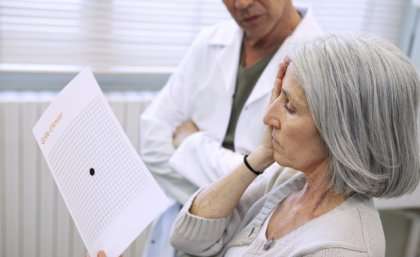Bubbles invisible to the naked eye could provide the next breakthrough in treating heart and eye problems – and present an alternate treatment for cancer and cellulite as well.
University of Queensland pharmacy researcher Dr Harendra Parekh is confident his team's nanobubble technology can be applied across a number of diseases, limiting highly toxic or expensive medicines.
"Some drug companies will be very unhappy with me, I suspect," Dr Parekh said.
But he cautioned that the technology would not be available for clinical use for at least 3-4 years, though it has been proven the ultrasound approach is safe to the eye.
"Our work focuses on injecting highly-stable, pre-engineered nanobubbles which have the potential to penetrate far deeper into tissues assisted by non-invasive and harmless ultrasound," he said.
"In some eye diseases for example, you won't need to have $2000 injections, where the vast majority of drug fails to reach the retina.
"Current therapy is not only expensive, but it's largely ineffective."
The nanobubbles are imploded by ultrasound, creating temporary microscopic openings that enable the drug to transfer normally inaccessible tissue.
"Stability tests show that the nanobubbles are very resilient, stable enough to remain intact for many months, which is important from a commercial perspective," Dr Parekh said
"What's more, each component of the system is already approved for human use. It's how the components are combined and re-engineered that is novel."
Dr Parekh said his team had made significant headway towards developing an effective treatment for retinal diseases, such as age-related macular degeneration.
"Macular degeneration costs Australia $2.8 billion a year," he said.
"Imagine a scenario where you use a tenth of the standard drug dose we use today, merely by combining the drug with our nanobubbles then triggering them with ultrasound in the tissue you need to treat.
"This has the potential to revolutionise cancer chemotherapy too, with diminished side-effects and far shorter treatment regimens expected."
Provided by University of Queensland



















